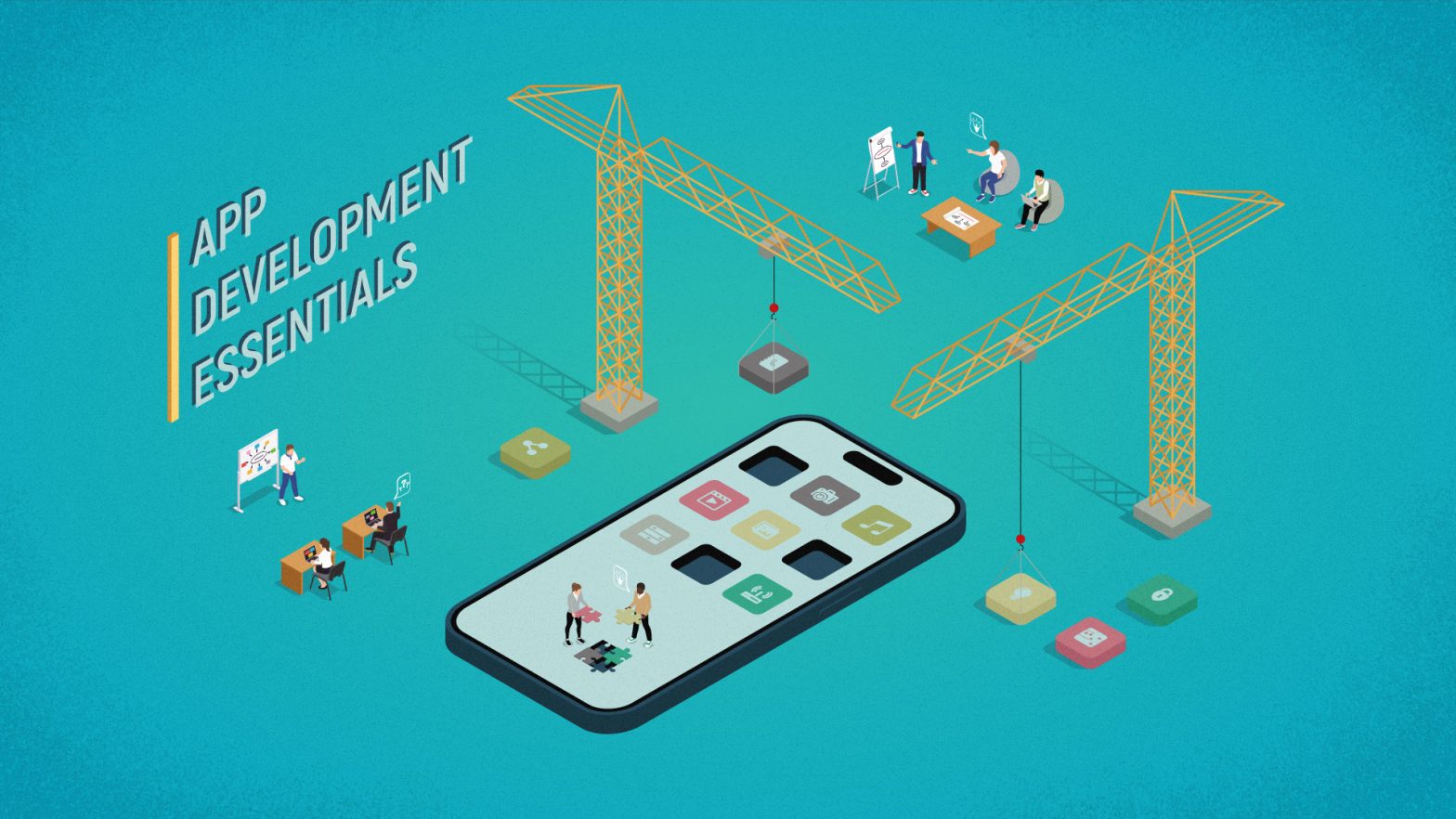What’s the best tip for giving an online presentation?
To help you give an online presentation, we asked CEOs and business leaders this question for their best tips.
From setting up a practice run to citing your sources, there are several strategies that may help you give an effective and engaging online presentation.
Here are 14 tips for giving an online presentation:
Give Your Audience a Role
There’s nothing worse than having to sit through a long online presentation that’s not very engaging. To avoid this, try giving your audience small questions throughout your presentation. This way, you’ll keep them engaged and they’ll be able to retain information better.
It also gives your presentation a bit of an edge since you’re involving your audience instead of having them listen to you throughout the whole thing. Not to mention, it can create great talking points and make your presentation much more powerful and memorable.
Ebnu Sudarso, Milkwhale
Set Up a Practice Run
Be sure you’re in a room with great acoustics and a great background. If you’re doing an online presentation from a room that has a distracting background, and bad acoustics, you’ll likely find yourself distracted and your audience even more distracted.
Try setting up test calls, or recording yourself in advance to see which rooms work best for your presentation. Once you know you look good and sound good, you’ll be much more confident speaking and presenting to your online audience.
Saneem Ahearn, Colorescience
Keep It Simple for a More Effective Presentation
For many of us assigned to giving a presentation, we feel it is necessary to get out as much information as possible; however, that can lead to data overload, so it is best to keep it clean and simple.
Studies have shown that over 50% of online presentations are non-verbal, meaning that slides and other visuals will be a large part of filling in the gaps.
Therefore, minimizing the amount of slide text, using clear fonts, bullet pointing reminders and important information, and keeping it below four relevant items per slide, will go a long way in keeping your audience clear and engaged.
Moreover, pay special attention to the last slide of your presentation, as it should effectively summarize the key points and leave your audience with a clear takeaway or call to action.
Online presentations are best when they are concise, clear, and quick. By following these guidelines, you will avoid overloading and confusing your audience and will make your presentation much more effective.
Yuvi Alpert, Noémie
Use Storytelling to Engage Your Audience
While reporting is a data-driven process that quantifies your results, storytelling is essential to qualify your efforts when it comes time to present your report.
Every story has a main character- the hero, a conflict- the challenge, and a resolution- how the challenge is overcome. And using a similar framework in your presentation will tell a story that informs why the numbers are the way they are.
The high-performing area of your sales strategy is, of course, the hero of your story and represents the robust portion of your sales revenue.
The conflict of your story concerns where you are underperforming and how it is affecting your overall growth. And the resolution to your story involves making recommendations that will help you get the results you want.
Though you may not make the final call on strategic vision, explaining your ideas and your reasoning behind them will show accountability and ownership. It may even help you achieve your desired results.
Chris Gadek, AdQuick
Adopt Interactive Tools
Since the pandemic forced many businesses to accommodate remote work for the first time, many innovative tools have emerged that help with online presentations.
My favorite tool to use in this area is Apple Keynote. It allows me to present seamlessly with my team when we can’t be together in person.
It includes dozens of features, but a few of my favorites are turning handwriting into text instantly, creating gorgeous charts and editing objects with precision.
In addition, the SlideBazaar PowerPoint Add-in enhances presentations with interactive elements like live data integration, custom charts, and real-time updates, perfect for engaging online audiences.
Jae Pak, Jae Pak MD Medical
Give a Quick Overview Before Presenting
To avoid any confusion, as well as the awkward transition between introducing yourself and beginning the presentation, try to provide your audience with a quick overview of the topics you will be covering in your presentation and why they are important.
It goes without saying that it is essential to rehearse your presentation before it is time for your actual meeting, however, too much rehearsal might actually hinder your presentation.
You may find yourself rushing through your slides or reading from your notes while not considering your audience.
To ensure that the audience is following along from the beginning, take some time to provide them with a short summary of what you will be presenting to them.
Not only does this help your audience stay in the loop, but it will also ensure that you are connected and present with them throughout the presentation.
Himanshu Agarwal, WorkBoard
Start with a Story and End with Something Memorable
Psychology tells us that people have a tendency to remember the beginning and the ending. The longer something lasts the stronger this effect is.
There is a reason why we all know and say to each other “first impressions count the most” and “end with a bang”. So, instead of jumping right away into the weeds, tell an interesting story, share an anecdote or an applicable statistic.
The more unexpected the story (although still topically relevant) the better. So while everyone is expecting you to monotonously start reading off the slides, here you shake them out of their slumber.
Similarly, towards the end, don’t finish with the stale “So…any questions?”. Instead, tell a joke, outline the next steps, pose an important question or offer a “digital freebie”.
You’ll want to succinctly wrap up your most important points so that upon leaving everyone is still invigorated and motivated to act upon the information just presented.
Peter Bryla, ResumeLab
Nail Your Backdrop and Lighting Setup
Though sad to say, people form initial impressions of others within seconds of meeting or seeing them for the first time. Something as small as your clothes, backdrop or camera appearance can actually affect your credibility and authenticity.
As such, my absolute best advice is to make sure your backdrop and appearance are on point. Dress smartly, and ensure your backdrop is professional, but not pretentious.
In addition, invest in a photography studio lighting kit to place you in the best light (no pun intended). Simple softbox lights can make a world of visual difference and can be purchased for less than $100 on Amazon.
For camera position, place the camera just above eye level, so you’re looking slightly up at it. And more importantly, invest in a high-quality webcam that’s at least 1080p.
You can find these on Amazon for less than $40. If you can nail these things, you’ll be way ahead of the curve before you even speak a word in your online presentation.
John Ross, Test Prep Insight
Turn off Screen Sharing when Engaging with People
If you’re using PowerPoint, don’t do a full-screen share or share your whole PowerPoint window, tools, and all. Instead, run your slideshow and then share the presentation window so the slides on the left and toolbars at the top aren’t visible.
Importantly, turn off the screen share when you’re answering a question or otherwise engaging with people, other than for very quick questions.
Look straight in the camera when listening and answering, so it looks like you’re looking directly at the person.
Adam Goulston, MBA, MS, Scize Group
Use Microsoft Whiteboard
The whiteboard feature on MS teams is highly underrated.
You can add energy to your presentation by switching over to the whiteboard to allow for some real-time explanations or collaboration with the rest of the team, depending on the settings you use.
It’s a great way to engage your audience, even if you just bring up the whiteboard for a few fun minutes.
Stewart Guss, Stewart J. Guss
Maintain an Illusion of Eye Contact
When giving an online presentation it can be tempting to keep your eyes locked on your screen, whether it’s to read from your notes and slides or to study your audience’s reactions.
However, it’s absolutely crucial to make a conscious effort to look up from your screen and lay your eyes on the camera instead.
That gives your listeners the illusion of maintaining eye contact with you, which can tremendously improve their engagement as well as the reception of your presentation.
If you have trouble looking away from other participants’ thumbnails, try to at least glance into the camera from time to time!
Maja Kowalska, Zety
Cut the Number of Your Slides and Simplify Them
Giving a presentation online is much more difficult than presenting in front of a live audience. People get distracted easily. You can’t read the room.
Often, you can’t even see your audience. Because of this, it’s hard to engage and captivate your participants. Hard, indeed, but not impossible.
Ready to take your online presentation to the next level? Less is more! People can’t retain or process much info at once. Make your slides minimalistic.
One idea, one quote, or one fact per slide is ideal. Even if your slides look plain, it’s better to have 100 simple slides than 10 super dense slides. And it’s best to have a presentation video.
Don’t overwhelm your online audience with too many slides or they may easily zone out. In case you have more material, consider splitting the presentation into two sessions.
This will make the information more digestible and draw attention to what you’re saying instead of forcing people to read lots of content.
Nick Robb, design hero
Stand Up So Your Online Presentation Stands Out
Standing is the secret to online presentations. You instantly have more confidence when you breathe easier. Your gestures will be more natural and standing gives you an energy boost that’ll give you a more powerful delivery.
Try right now! Deliver a presentation sitting, then standing. No comparison! The only downside is you can’t wear sweatpants. If you absolutely cannot stand, lean forward in your seat, don’t slouch and always look at the camera when speaking!
Nirav Sheth, Anatta Design
Cite Your Sources
Know your stuff and cite your sources when giving an online presentation. Nothing is worse for your credibility than giving out inaccurate information or not being able to back up your statements with evidence.
It’s alright if you don’t recite a quote perfectly, as long as you let your audience know where to find the precise information; better yet, provide a simple resource list as a follow-up.
Not only will this boost your confidence when you deliver your online presentation, but you’ll build trust with your audience in that you’ve done your research and made it easy for them to do theirs.
Russell Lieberman, Altan Insights








